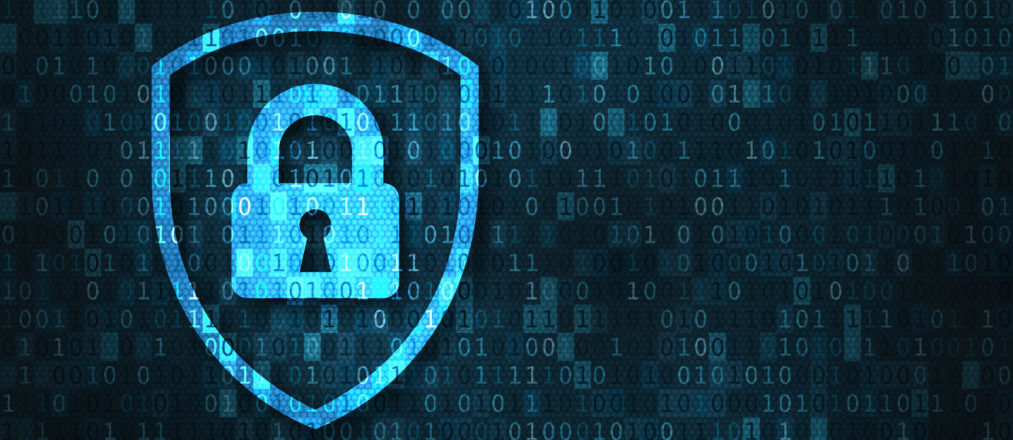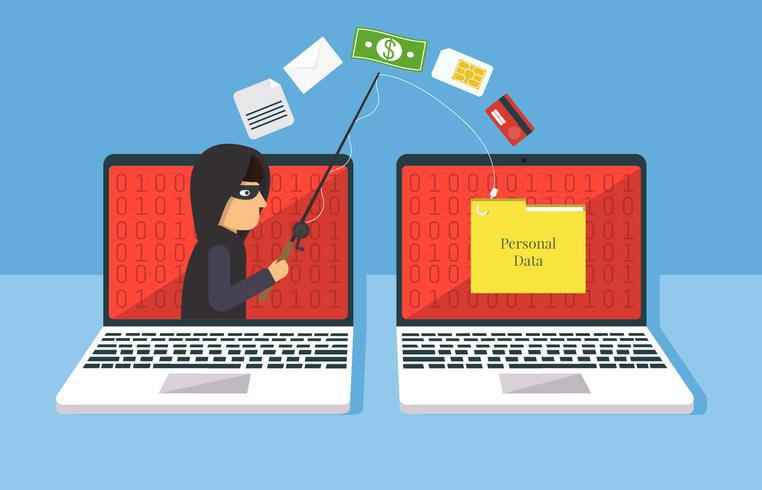
If you have been following IT security news lately, you might be overwhelmed with the news of data breaches and cyber security attacks. Cyber security landscape is more volatile than ever before. Hackers seems to be one step ahead of the cyber security professionals, finding loopholes in the most secure IT infrastructures and getting away with users’ sensitive data without leaving any trace.
Securing their IT infrastructure will be the biggest challenge for enterprises in 2019, as hackers continue to wage war and wreak havoc on your IT infrastructure. According to World Economic Forum, cyber attacks were the number one concern of Executives in Europe and other advanced economies. Enterprises should have to be vigilant and proactive when it comes to implementing security measures, educate their employees and monitor activity in order to stay safe in 2019.
In this article, HostNoc shares the biggest security threats that will impact enterprises.
1. Crypto jacking
2018 was a big year for cryptocurrency and the trend will continue in 2019. Hackers will use crypto-jacking malware to hijack enterprise systems for mining cryptocurrencies. It will become so common in 2019 that it will surpass ransomware and become the top security threat for enterprises. What started from a minor annoyance that use to target consumer devices will now become so powerful and lethal that it can not only attack but can bring your enterprise network down to its knees. That is not all, crypto-jacking malware can lead to application crashes and hardware failure. Getting the best dedicated server might minimize the damage but it is not the ultimate solution.
2. Ransomware
As per Kaspersky’s ransomware and malicious crypto miners 2016 to 2018 report, ransomware infections have fallen around 30% over the past 12 months. Even though, there is a noticeable decline in the number of ransomware attacks in last two years, but ransomware remains a potent threat. Ransomware threats will become more and more targeted than ever before. Additionally, it will now be affected more sensitive targets. Health care and other critical systems will come under ransomware attacks in 2019. The best example of this could be SanSam, a group of hackers who launched a ransomware attack called “City of Atlanta.” According to estimates, the group might have earned more than $6 million from their malware.
3. Phishing Schemes

Believe it or not, most of the cyber security attacks begin with a phishing scheme. Business email attacks are coordinated using a highly targeted spear phishing technique which costed businesses more than $12 billion in losses every year. One of the biggest misconceptions about phishing attacks is that they are associated with emails. Phishing attacks have become more advanced than ever before. Hackers use wide range of communication mediums to coordinate phishing attacks such as text messages, phone calls, social media quizzes and more.
4. Shadow IT
Did you know that more than 80% of employees admit that they are using shadow IT apps at work? Even though, their intentions might not be bad or they don’t have the malicious designs that cyber criminals might have but it pose a serious cyber security threat and compliance issue. What’s worse is that employees who are using these shadow IT apps don’t even realize that they are making their more vulnerable to security attacks and not complying with the IT standards.
Since the IT department is not aware of usage of shadow IT department, they are unable to monitor access logs, taking regular backups and apply critical software updates. This gives cyber criminals an easy pass into your IT infrastructure and once they get it, they can fulfill their malicious designs. Keep an eye out for shadow IT apps being used in your company as it can easily go unnoticed.
5. Cloud Malware
Cloud computing has been one of the most popular technology for quite some time now. It’s wider adoption and growing popularity has attracted attention from cyber criminals, who are now developing malware for clouds. They have managed to design different types of cyber security threats to exploit the vulnerabilities in the cloud. Enterprises who have already migrated to the cloud will have to consider on premise security with cloud security separately. They have to remember that foolproof cloud security strategy starts from a secure cloud migration.
6. Vulnerable IoT Devices

As we move closer to making the concept of Internet of Things into reality, we will see a flood of devices surrounding us. Apart from the mobile devices we are currently using, IoT will empower everything whether it is a washing machine or a refrigerator with computational capabilities. Just like mobile devices, these devices also lack even the basic security and lack of a common security protocol makes matters worse for IoT devices.
According to statistics, 45% IoT buyers say concerned about security remains a significant barrier. 93% of executives are ready to pay more for IoT devices that are more secure. Cyber security threats will now target consumer purchases. Major companies are trying hard to securing their IoT devices but there is still a long way to go until we can say that IoT is secure. Microsoft recently released a public preview for developing secure smart devices.
7. Operational Technology System Will Come under Attack
In 2019, we will see the focus of cyber attacks shifts from businesses to critical infrastructure. More cyber attacks will target the operational technology system or the so called behind the scenes system in every organization. There would be an exponential rise in number of cyber attacks on power factories, mining operations and systems responsible for smoother functioning of your business.
The purpose of hackers is to attack operational technology systems is to cripple business operations. These types of attacks will increase in frequency in 2019. Businesses will have to invest in DDoS attack protection in order to keep their digital assets safe.
Which cyber security threats do you think will leave the biggest mark on enterprises in 2019? Feel free to write or share with us in the comment section below.

